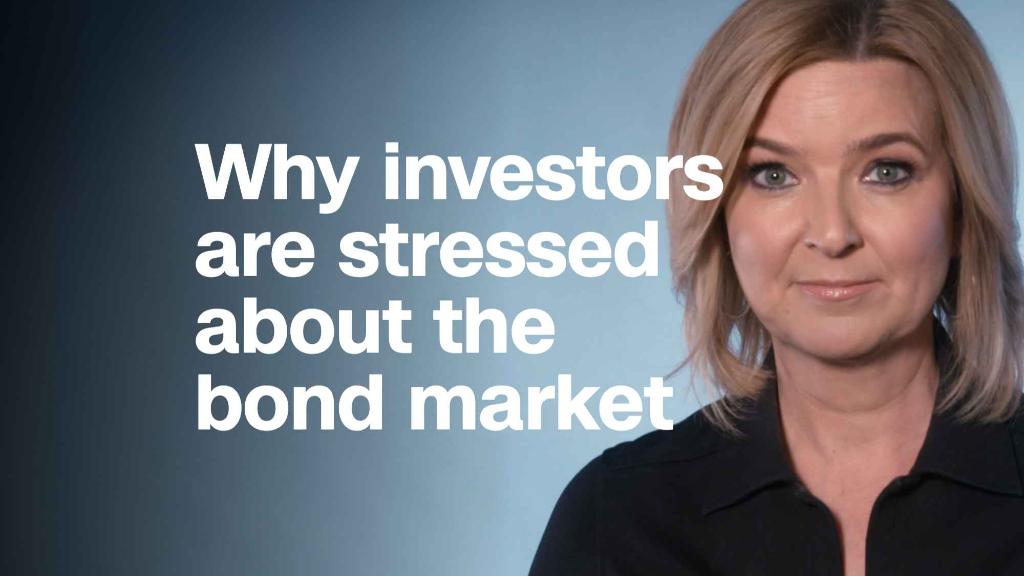
How can I get down-side risk protection with robo-advisors?
Robo-advisors have remade the investing landscape: they're simple, low cost and passive investments almost always outperform active investments over the long term.
For most people, the set-and-forget mode of passive investing will produce better results than trying to manage your own portfolio — or not investing at all. But while robo-advisors can do well with rules based on modern portfolio theory during a bull market, nailing algorithms during a correction, bear market, period of high inflation or higher-than-usual volatility can be more challenging.
"Because robo-advisors have a one-size-fits-all approach, the downside protection may be limited," says Mark Struthers, certified financial planner and founder of Sona Financial. "They most often only use basic bond ETFs as a risk diversifier, which, given the possibility of a down equity market combined with a down bond market, may not be enough. Few robos use inflation-sensitive or interest-rate hedged assets."
Here are some strategies to build in some risk protection, either within a robo-advsior platform or outside of it.
The DIY method
As interest rates rise, investors may want to augment robo-advised holdings in risk-aware investments like fixed maturity ETFs (exchange-traded funds), individual bonds, individual TIPs (treasury inflation-protected securities) or TIP-related mutual funds and ETFs to act as a diversifier, suggests Struthers.
"When you are talking risk, it becomes personal, especially the older you get," says Struthers. He says he often sees robos use vehicles like LQD, EMB, and AGG (corporate, emerging market and aggregate bond ETFs, respectively) from iShares. "These are all fine basic bond funds but may not be enough as a risk diversifier."
He says he appreciates the approach of Dimensional Fund Advisors for core bond holdings, because it aims to push past traditional index funds and avoid stock picking and market timing.
"I know that if there is a market dislocation they have the ability to ride it out," Struthers says. "They don't have to sell because the index tells them to. If you can find a core that has low-cost and some common-sense risk diversification, all the better."
Another alternative is the Swan Defined Risk Fund, a mutual fund of ETFs that aids investors who struggle to stick with the "buy and hold" plan during headwinds and who want positive returns while minimizing the downside exposure of the equity markets, according to Sean Gillespie, registered investment adviser and co-founder of Redeployment Wealth Strategies. "You can have that downside protection built in: always fully invested and always full hedged."
Within robo-advisors
Some investment advisers say downside risk protection is antithetical to the robo model. "I don't think you get downside protection from a robo-advisor," said Thomas J. Duffy, a certified financial planner at Jersey Shore Financial Advisors. "Robo-advisors have come about to provide an investment experience at a steep discount to what the investment management establishment has offered," he says. So you essentially get what you pay for, risk-protection wise.
But some, like Wealthfront, are offering services within the platform (at an added cost) to increase the risk-adjusted returns in a variety of market environments through an enhanced asset allocation strategy called risk parity.
"We are always on the lookout for academically proven, passive investment strategies that are rules-based," says Andy Rachleff, the co-founder and CEO of Wealthfront, a robo-advisor that has $11 billion in assets under management.
Risk parity was popularized by Bridgewater Associates, the juggernaut hedge fund, and offered in the 1990's for its institutional investors as an "all weather fund." It's based on research that showed specific kinds of exposure to low volatility stocks could outperform investing in high-volatility stocks.
Wealthfront brought this more sophisticated allocation strategy, once reserved for only the wealthiest, to a broader swath of investors. Those with $100,000 in taxable assets can take advantage of the risk parity investment. The expense ratio for its risk parity mutual fund is 0.25%, which was cut in half from its initial cost of .50% when it launched earlier this year.
Of course, one of the most sound hedges against downside risk when using robo-advisors is reliably old fashioned and low tech: an emergency fund.
"If someone is using a robo and they are concerned about risk, I would make sure you have a large emergency fund," says Struthers. "Then they can hopefully ride out any downside flaw of the robos."

